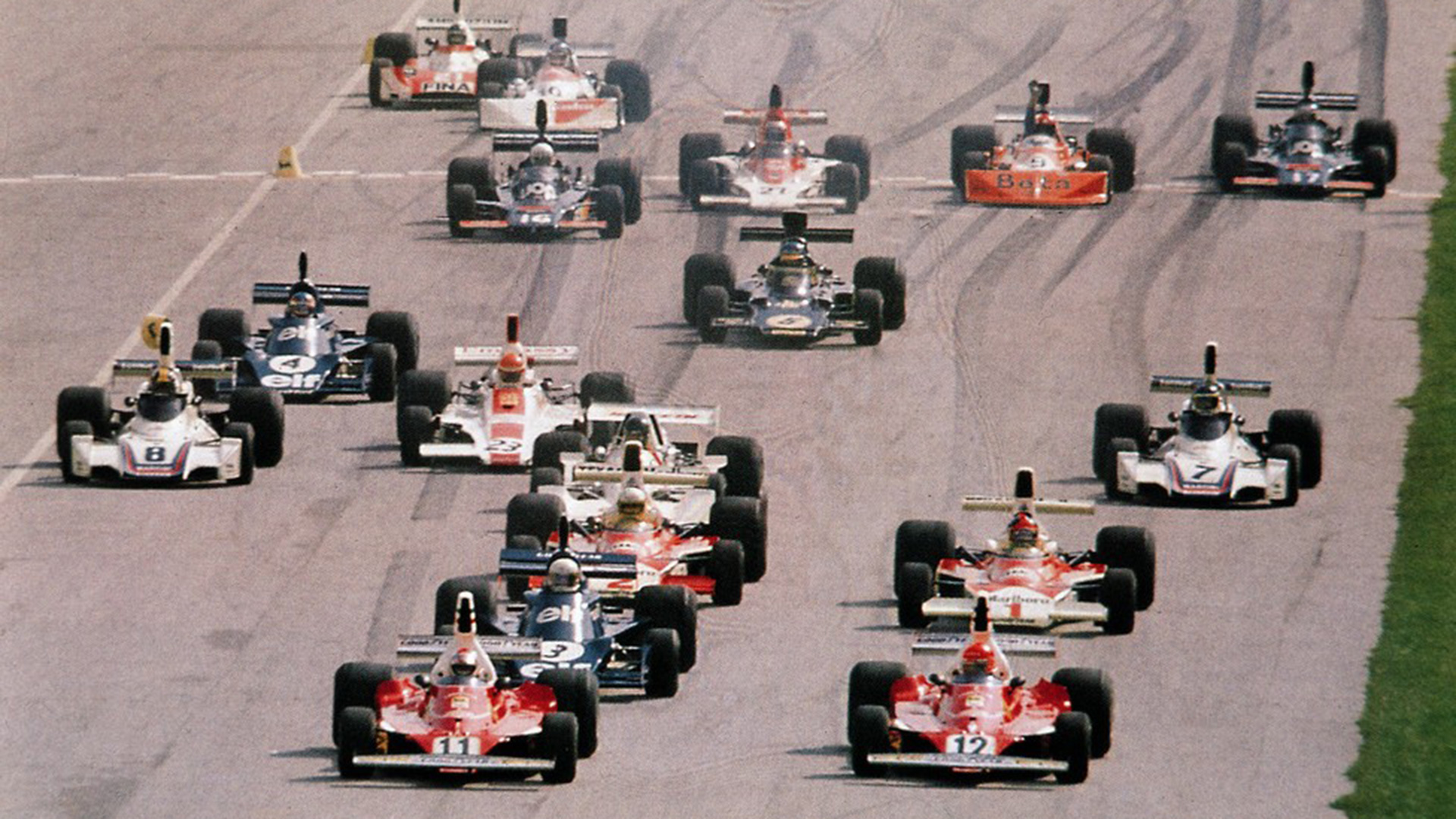





LAUDA CHAMPION
AUSTRIAN WINS TITLE WITH 312 T





LAUDA CHAMPION
A stroke of genius and a little luck is all it takes to change a period of inertia, altering the course of events, and fate itself. And indeed, at the beginning on 1975, Ferrari’s fate in the F1 title race seemed sealed, but it only took one event – the arrival of a new car – to turn the scenario on its head, with the season going down in history as a vintage year for the Maranello team.

Following three victories in 1974, two won by Niki Lauda and one by Clay Regazzoni, in addition to the ten pole positions achieved (all but one courtesy of Lauda), on the eve of the World Championship in 1975, Enzo Ferrari was feeling extremely confident. The new 312 T was not ready for the start of the season, but the drivers were the same as before, and the 312-B3 was nonetheless more than capable of ensuring a sufficient degree of competitiveness. Or it least this was the general view held. In reality, in the opening races in both Argentina and Brazil, the competition succeeded in closing the gap, and the Ferrari team had to content itself with finishing in the points, with two fourth places for the moustachioed pilot from Lugano, and a fifth and a sixth place for the Austrian. This somewhat meagre outcome did not live up to expectations. The new Goodyear compounds were not suited to the old B3, so Ferrari asked his technical staff to speed up the preparation of the new car, with a view to debuting it in South Africa. In comparison to the older model, the 312 T was completely new. While it was still equipped with the boxer engine, the new car featured a transverse gearbox mounted in front of the rear wheels, as signified by the “T” in the name of the model. The goal was to move the weight balance forward as far as possible, rendering the car shorter and easier to handle. In side view, the car had a noticeable wedge shape, while the engine air intake remained prominent, albeit now finished in white with the colours of the Italian flag. New suspension all round contributed to improving the performance of the tyres, and the large overhanging rear spoiler was also completely redesigned. In South Africa, the cars were still not entirely up to standard, and lacked reliability, although Lauda came in fifth. In the test days at Kyalami after the GP, however, Lauda succeeded in lapping faster than the time set for the race’s pole position. And he then took the car’s first win at the BRDC International Trophy (a non-championship race) at Silverstone.
In Spain, Lauda took the pole position, but during the race both drivers were caught up in an accident, Lauda being eliminated straight away while Regazzoni made it back to the pits for repairs, only not to classify in the race results. Nevertheless, initial indicators were positive, a sign that the wind was changing. In the Monaco GP, as if by magic, everything started heading in the right direction. Lauda showed how meticulous he could be in the fine-tuning of the car and how good he was at choosing tyres, and went on to achieve a series of superb victories that lead him to the top of the standings. He won three races in a row in Monaco, Belgium and Sweden, and took second place in Holland before coming in first again in France. Lauda then went on to take two third places in Germany and Italy, consolidating his lead in the standings and taking the World Champion title before the last race. The season closed with a bang in the US, with yet another victory in a nation that was strategic for Ferrari with regard to the sale of the road cars. Regazzoni also had a good season, finishing first at Monza, taking two podium placings in Germany and France, and closing the season in fifth place overall in the Drivers’rankings, thus helping to win the Constructors’ Championship for Ferrari. Lauda’s dominance was further underlined by the nine pole positions and two lap records added to his list of achievements. Regazzoni took four fastest laps and won the non-championship Swiss GP held in Dijon. Eleven years had passed since the double Drivers’ and Constructors’ World Championship victory in 1964 with John Surtees, and for Enzo Ferrari that was too long. 1975 marked the beginning of a new era, foretelling satisfaction for Ferrari for years to come.
